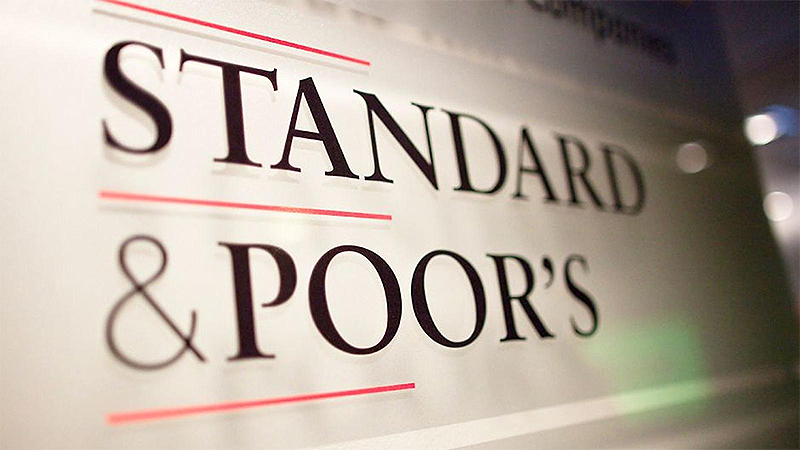13/09/2023
13/09/2023

KUWAIT CITY, Sept 13: A report issued by Standard & Poor’s (S&P) global credit ratings agency expected that the profitability of Kuwaiti banks will remain high during the current year, indicating that the banking sector is in a good position to benefit from the high-interest rate environment in the long term, reports Al-Anba daily. The report added that the rise in net interest income will be offset to some extent by the move from non-interest deposits to interest-bearing deposits and the increase in credit losses. However, financing in the banking sector continues to benefit from a strong domestic deposit base and a net external asset position, and this translates into positive investor sentiment.
In terms of lending growth, the agency expected it to remain weak, as banks’ lending books expanded at an annual rate of 3% in the first half of 2023, which is much lower than loan growth of 8% in 2022. S&P expects that higher interest rates will lead to lower demand from corporate and individual borrowers, which will translate into low single-digit growth in banking sector loans.
Overall, the agency expects the cost of risk to rise and normalize by about 60-70 basis points in 2023 and 2024, from 40 basis points in the first half of 2023 and at the end of 2022. However, high provision margins, which could offset the potential increase In non-performing loans, will enable banks to maintain broad stability of the non-performing loan ratio. Regarding the situation of the region’s banks, the agency said that rising interest rates will reduce credit growth at Gulf banks, but the performance of Saudi and Emirati banks will be more flexible. We expect that the rise in interest rates will lead to a decline in credit growth at Kuwaiti banks to about 3% from about 8% in 2022, and a decline in the total lending growth of Saudi banks to about 10% in 2023, from 14% in 2022.
On the other hand, UAE banks will benefit from continued strong non-oil GDP growth, which will somewhat mitigate the negative impact of higher interest rates on credit growth. We expect credit growth at UAE banks to improve to about 7% in 2023, compared to 5% in 2022. However prolonged high interest rates and a slowdown in the oil economy may pose challenges. Qatari banks, unlike their counterparts in the Gulf countries, will continue to face a sharp decline in credit growth, because the country’s major infrastructure projects, which are the main driver of credit demand through contractors, have been completed before hosting the 2022 FIFA World Cup.


